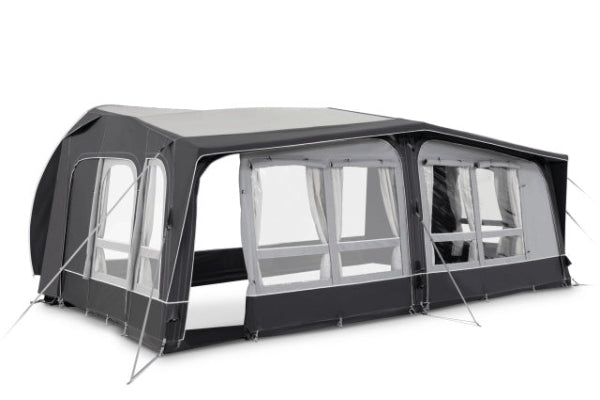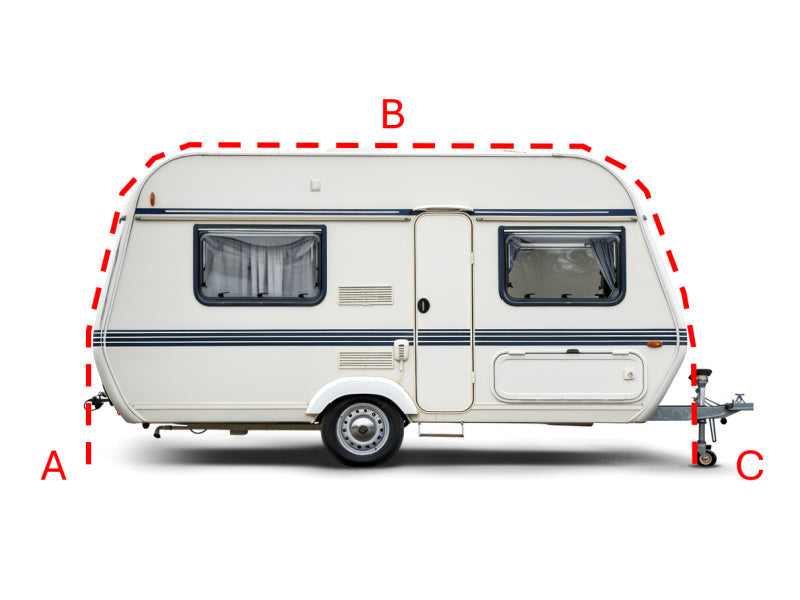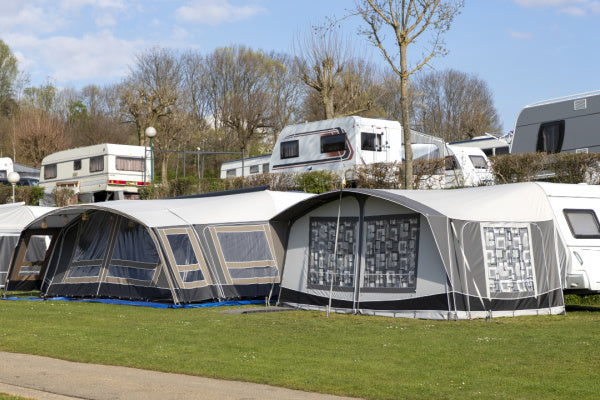Can You Use a Caravan Awning in Winter? Tips For Cold-Weather Use
Ever wondered if caravan awnings can brave the winter chill? The short answer is yes - you absolutely can use them in winter! While these cosy extensions might seem summer-exclusive, with proper prep and care, your awning can become a snug winter retreat.

Using Awnings in Winter Conditions
Suitable Awning Types
All-Season Awnings and Winter-Specific Models
Winter camping demands specialised gear. All-season awnings pack extra strength into their design, with beefed-up frames and reinforced stress points that laugh in the face of snow loads. These robust shelters create a reliable winter haven, complete with weather-resistant materials that stand up to nature's worst moods.
Fabric and Frame Considerations
Success in winter camping boils down to material choices. The best winter awnings boast:
Heavy-duty waterproof fabrics that keep moisture at bay while allowing condensation to escape. Double-layered construction traps precious warmth inside. Frames engineered specifically for winter loads bring peace of mind when the wind picks up.

Winterisation Tips
Snow Load and Wind Resistance
Winter preparation makes or breaks an awning setup. Regular snow clearing prevents dangerous build-up, while strategic support pole placement creates a sturdy structure. Snow weights add crucial stability during gusty conditions.
Ground Preparation and Anchoring
The foundation matters enormously in winter camping. Essential steps include:
Using specialised winter pegs that grip frozen ground. Installing extra guy ropes in a strategic pattern. Creating proper drainage paths to prevent ice formation under the awning.
Heating and Insulation
Maintenance and Inspections
Winter demands vigilance. Smart awning care includes:
Daily snow load checks. Thorough inspection of all fixing points. Swift repairs of any damage. Regular condensation monitoring.
Risks and Considerations
Damage and Wear and Tear
Wind Damage and Storm Risks
Winter storms pack a punch. Watch out for:
Fabric stress points during high winds. Frame stability in gusting conditions. Secure fixings that won't work loose. Early warning signs of potential failure.
Snow Load and Collapsing Risks
Snow brings sneaky dangers:
Progressive frame stress under heavy loads. Fabric stretching beyond recovery points. Sudden collapse risks without proper maintenance.

Ice and Frost Damage
The freeze-thaw cycle wreaks havoc through:
Material brittleness in extreme cold. Seam stress from ice formation. Compromised waterproofing over time.
Alternatives for Winter Use
Winter Covers and Skirts
Sometimes less means more in winter:
Partial awning setups offer practical solutions. Heavy-duty winter covers protect vulnerable areas. Skirts shield the caravan base from bitter winds.
Protecting the Awning from the Elements
Smart storage matters when severe weather hits:
Clean and dry thoroughly before packing away. Use breathable storage bags to prevent mould. Perform detailed checks before spring deployment.
Winter awning use requires respect for the elements and dedication to maintenance. Yet with proper preparation and vigilance, these versatile shelters extend living space even in the coldest months. The key lies in understanding the challenges while embracing the unique joys of winter camping.
Remember: Nature commands respect, but preparation conquers challenges. Happy winter camping!
- Can you leave a caravan awning up all year?
- Can you sleep in caravan awnings?
- How do caravan awnings work?
- Is a caravan awning worth it?
- What is the alternative to a caravan awning?
- Can you use an awning as a tent?
- What is an awning for camping?
- Are caravan awnings any good?
- Are caravan awnings a good idea?






Leave a comment